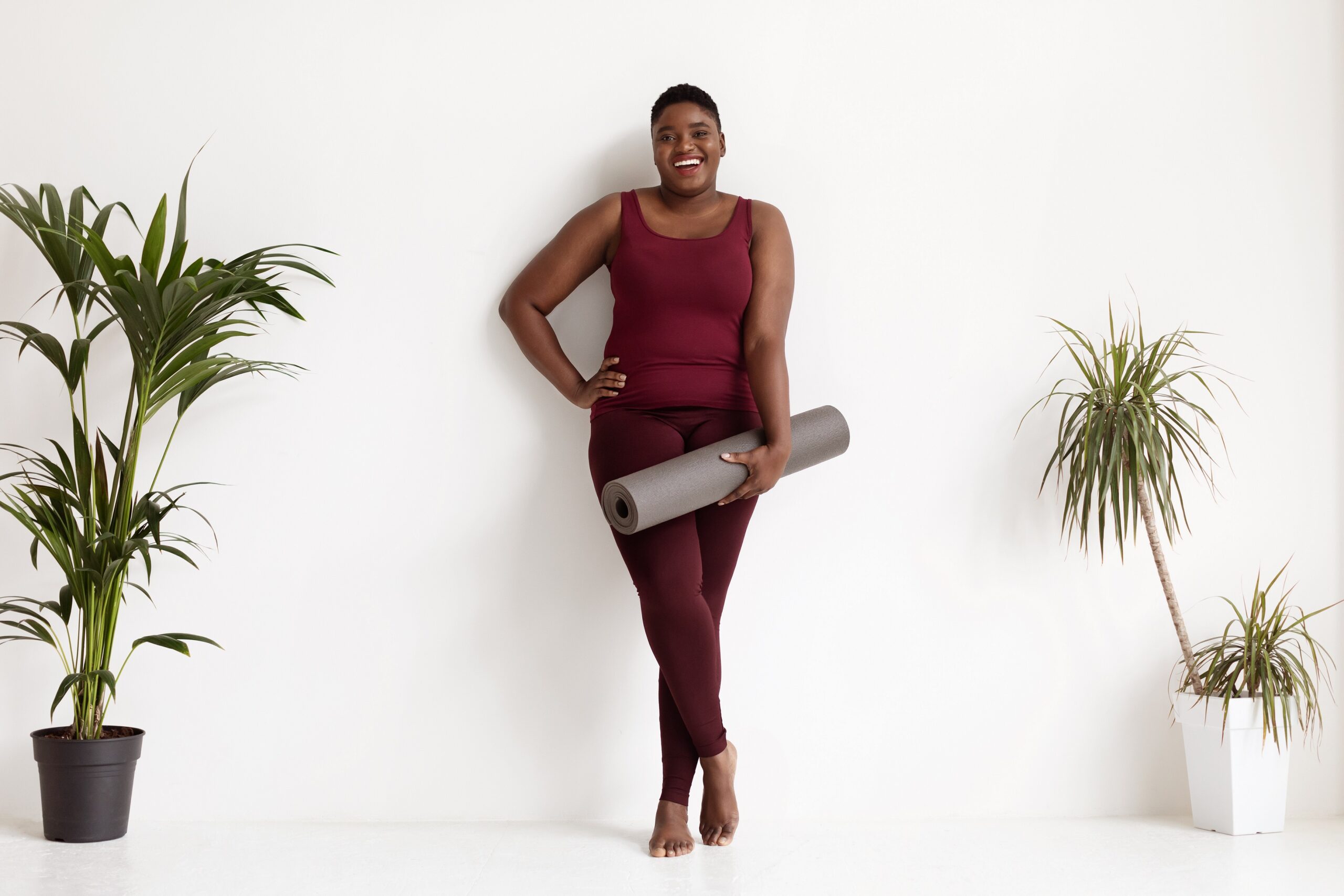Wall Pilates is a fresh spin on the traditional Pilates regimen, and it has taken the fitness world by storm. It became popular during the COVID-19 pandemic and offers an excellent, low-resistance workout without needing much equipment.
Deriving its foundation from the esteemed Pilates regimen that has been revered for over a century, Wall Pilates introduces a modern twist. It doesn’t just blend the classic mat exercises with contemporary techniques but instead also turns the humble wall into a central apparatus. With the promise of enhanced support and resistance, this burgeoning trend promises a workout experience that is both familiar and refreshingly novel, appealing to beginners and the seasoned practitioner.
Personal trainers like London are adding Wall Pilates to their and their clients’ workout routines.
“Say goodbye to hip dips!!!🔥😌,” she wrote on a Tik Tok post.
Advantages of Wall Pilates
The advantages of Wall Pilates are numerous. First and foremost, the wall provides unmatched support, especially for those new to Pilates. Beginners often struggle with balance and maintaining proper alignment during exercises. The wall acts as a stabilizing force, allowing them to focus on form, posture, and movement precision without the fear of toppling over. Additionally, this support can help reduce the risk of injuries arising from improper form or overstraining.
According to Tranify, Wall Pilates are beneficial “for people with back pain, as it can help to improve posture and reduce pain. It can also be useful for people with limited mobility.”
Another benefit is the added resistance the wall offers. While traditional Pilates relies heavily on one’s body weight and sometimes additional equipment like reformers or resistance bands, the wall becomes an apparatus in Wall Pilates. Pushing or pulling against it during exercises can intensify workouts, ensuring muscles are engaged more deeply. This dynamic adds a cardiovascular element to the routine, turning it into a strength-training and heart-pumping workout.
Disadvantages of Wall Pilates
But like any fitness trend, Wall Pilates has its limitations. The wall offering support and resistance can become a crutch if one doesn’t challenge themselves to progress. Over-reliance on the wall can limit the full potential of Pilates exercises, especially as practitioners become more advanced. Maintaining a balance between utilizing the wall for support and ensuring that core muscles remain engaged throughout.
Additionally, while the wall can help with alignment, it can encourage complacency. Practitioners must remain vigilant about their posture and alignment, ensuring they stay in good habits even if the wall offers support.
